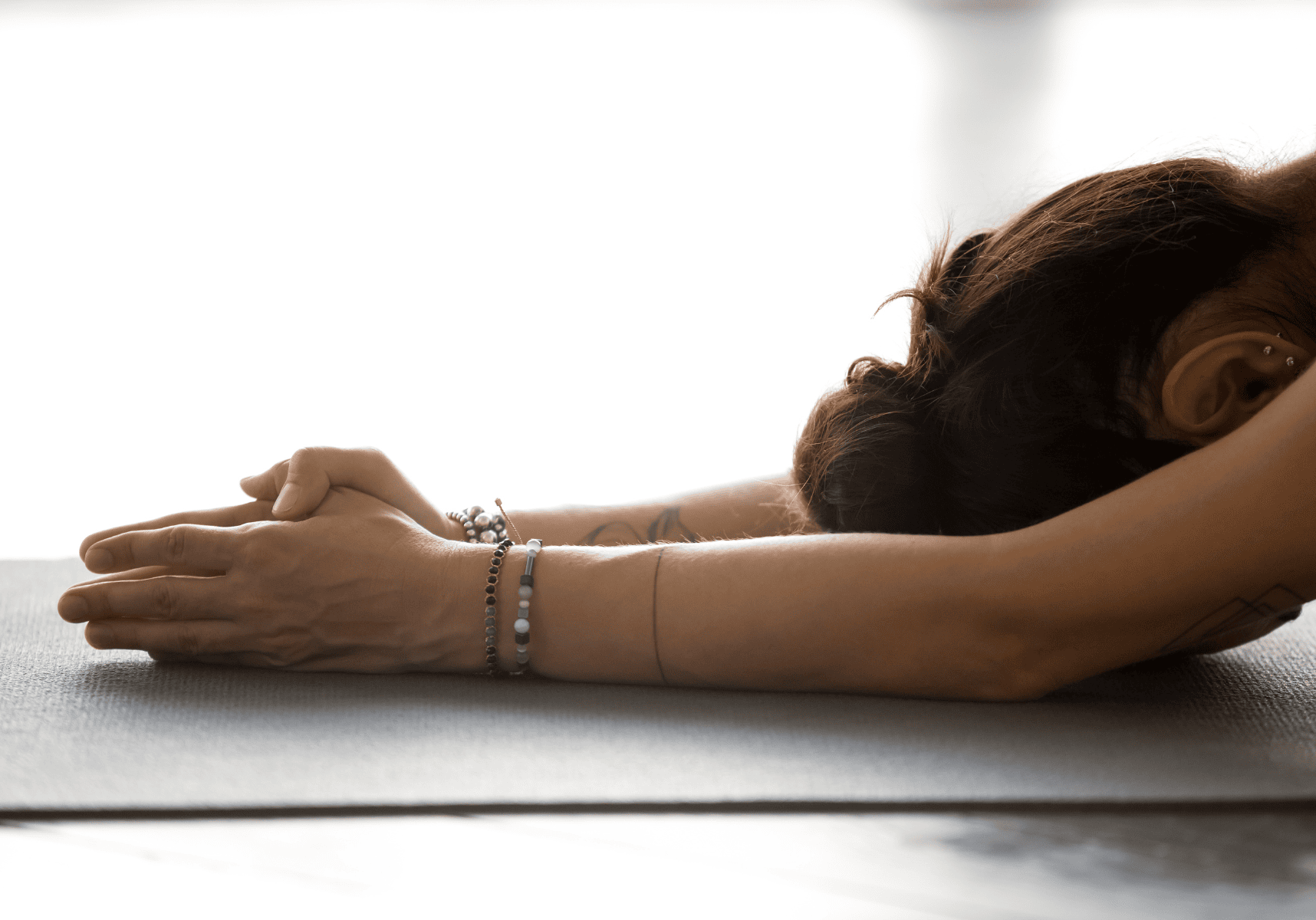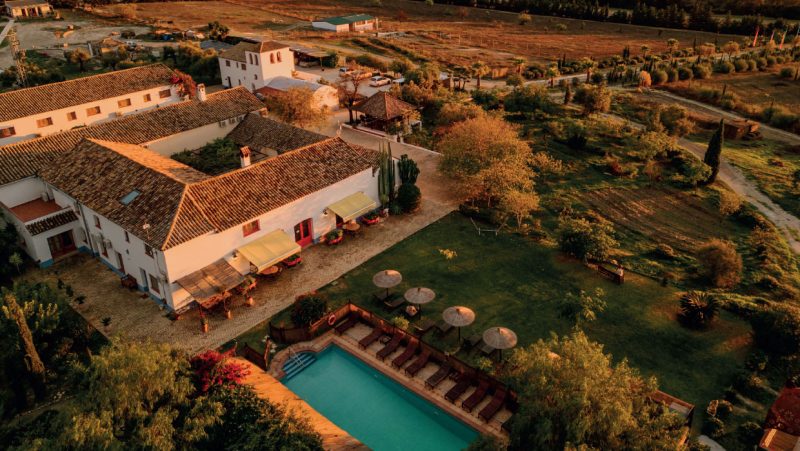
Exploring the 8 Limbs of Yoga
Rediscovering the Essence of Yoga's Eight Limbs for Balanced Living- By Adeola Obasa
Reading time: 5 minutes
In the contemporary whirlwind of life, the ancient teachings of the Yoga Sutras of Patanjali offer a timeless sanctuary. Yoga, often mistaken as merely a physical endeavor, encompasses a comprehensive philosophy aimed at achieving enlightenment—a harmonious alignment of mind, body, and spirit.
While the Sutras delineate eight limbs of yoga, modern practitioners can find profound value in focusing on five pivotal elements, transforming them into codes of conduct for a balanced life.
The first limb, Yama, serves as the moral compass, guiding individuals on what to avoid to ascend spiritually. It comprises five restraints including Ahimsa (non-harming), Satya (truthfulness), Asteya (non-stealing), Brahmacharya (purity and self-control), and Aparigraha (non-attachment).
In today's context, applying Yama might mean taking stock of what may not be helping us foster our best selves. It could be as simple as caffeine or as intense as cutting ties with a negative person. It is up to you as an individual to decide which actions align with striving for a life of integrity and simplicity.
What would I like to limit or restrain in my life?
Alternatively, Niyama, the second limb, encourages the cultivation of positive habits in your life. Patanjali refers specifically to cleanliness (Saucha), contentment (Santosha), discipline (Tapas), self-awareness (Swadhyaaya), and devotion (Ishwara Pranidhaana). Contemplating on which habits you would like to introduce or foster more of in your life right now to bring about your own greatness will help you craft your own version of Niyama.
What would I like to move towards or invite more of into my life?
When I consider the Yamas and Niyamas together, as a code of conduct or habits - I am reminded of The Four Agreements by Paulo Coelho. Be impeccable with your word, Don’t take anything personally, Don’t make assumptions, and Always do your best quickly became a fast code of conduct for me as soon as I read his book over ten years ago.
Creating your own code of conduct may be religious terms or ideals you live by, cultural beliefs or personal codes developed over time. Keep in mind these some of these will be rooted belief systems in your life, however many are ever changing as your life continues to evolve and change.
Bonus Question: What values or codes of conduct do I follow or live by ?
Asana, the third limb, emphasizes the importance of posture and movement to support the nervous system, spine, and body's fascia. It is crucial to remember that asana is just one eighth of the yoga pie. Further, the true definition of asana is actually movement done with ease.
You certainly would not think this is the case upon entering a typical western vinyasa or hot yoga class where students are pushing themselves to their limits of discomfort. Asana is not limited to yoga postures. Going for a walk is asana. Riding your bike, dancing, lifting weights, stretching can all be your version of asana. Decide which movement practices support you and your body with ease and make time to include these moments in your daily life.
What are my favourite forms of movement or fitness?
Pranayama, the fourth limb, focuses on harnessing your life force through breath & energizing or activating the subtle energy channels within us. When you consider that breath = life, this limb is not only vital to our survival, but harnessing control of our breath and internal energy systems is what truly and quite literally feel makes us feel alive in this world.
Techniques like diaphragmatic breathing, counting breaths, or alternate nostril breathing can profoundly influence one's energy levels and connect you to your life force, as can moments spent in nature, or alternatively engaging in high-intensity activities can force us to connect us to those energy channels within. Anything that makes you feel alive and actively conscious of your breath is pranayama.
What moments in life make me feel most alive and energized?
The fifth limb, Pratyahara, involves withdrawing from the senses to achieve mastery over external influences, a practice that can lead to deeper meditation and a less reactionary stance to the world's noise. This limb is akin to building a fortress around the mind, safeguarding it against the incessant noise and distractions that characterize modern life.
It teaches us that, while we may not have control over the external world, we can control how we interact with and respond to it. This selective engagement with our environment allows us to conserve our mental energy and use it more judiciously. Over time, this practice fosters a profound inner peace and clarity, making us less susceptible to external disturbances and more attuned to the nuances of our inner landscape.
What meditative moments allow me quiet the noise to look within?
The sixth limb, Dharana, a concept deeply rooted in various meditative practices, embodies the art of unwavering attention and concentration. It is an introspective journey, a cultivation of one-pointed thought, where the mind's incessant chatter of thoughts, emotions, and ideas is brought to a serene halt.
The essence of Dharana is not merely about what we choose to focus on—be it the rhythm of our breath, the silent repetition of a mantra, the vivid visualization of a deity, or the profound contemplation of a deep truth. Rather, it's the act of total concentration itself that serves as a vehicle to quiet the mind, steering it away from its habitual patterns of distraction and towards a state of profound stillness and clarity.
Beyond the confines of meditation, the principles of Dharana extend into the fabric of our lives. It invites us to approach our goals and aspirations with a similar spirit of concentrated effort and undivided attention. In a world where distractions abound and our energies are often scattered, Dharana teaches us the value of focus and dedication.
By applying this focused approach to our personal and professional endeavors, we not only enhance our efficiency and effectiveness but also find a deeper sense of fulfillment and purpose. Through the sustained practice of focused concentration, Dharana empowers us to lead lives marked by greater clarity and purpose.
What are my current goals or areas of focus in my life?
By guiding us to observe without attachment, the seventh limb Dhyana fosters a meditative* state that is both a deep rest and a heightened awareness. This state isn't about doing nothing in the conventional sense; rather, it's about being fully present in the moment, unburdened by the constant chatter of the mind or the compulsion to categorize and control our experiences.
In this space, a profound sense of oneness with the universe emerges, dissolving the illusory barriers that separate us from the rest of existence. It's in this state that we encounter the true essence of meditation: a seamless unity with all that is.
Incorporating Dhyana into our lives beyond the meditation cushion influences how we interact with the world around us. By embracing the principles of non-judgment and non-attachment, we cultivate a deeper sense of community and interconnectedness. This transformation in perspective enriches our relationships, fostering love and understanding not just among family and friends, but also within the broader society.
Dhyana teaches us that our place in the world is not defined by our individuality alone, but by our collective unity and love. Through this practice, we learn to navigate life with a heart full of compassion and a mind attuned to the profound beauty of existence.
Who is in my circle (family, friends & community)?
Samadhi, the eighth and final limb represents the pinnacle of spiritual attainment, a blissful state of existence where the individual self merges with the universal consciousness. This is a tangible experience of enlightenment where the boundaries between the self and the universe dissolve. Achieving Samadhi is akin to reaching a full union with the Divine, where the sense of 'I' or ego completely sheds away.
This state is marked by an overwhelming sense of bliss and peace, as Here, the spiritual seeker no longer perceives themselves as separate from the rest of existence but recognizes their oneness with all that is. It is the culmination of a spiritual journey that transcends the physical realm, leading to a deep, inherent understanding of the universe and one's place within it.
The pursuit of Samadhi is not just an endeavor for personal enlightenment but a journey towards the universal shedding of ego. It challenges us to look beyond our limited perspectives and embrace a more holistic view of existence.
By striving for this blissful state, one embarks on a path of spiritual evolution, aiming for a harmonious existence that resonates with the core principles of many spiritual traditions. Samadhi embodies the ultimate goal, offering a glimpse into the profound interconnectedness of life and the serene beauty of a mind at peace with itself and the world.
What moments or things bring me bliss?
These modern interpretations of the ancient limbs of yoga offer a blueprint for living with intention and awareness in the modern world. They remind us that yoga is more than physical poses; it's a holistic approach to adopting individual practices which can craft your unique path to self-discovery and enlightenment. In the journey of yoga, everyone has the potential to be their own guru, evolving and adapting these timeless teachings to the rhythm of contemporary life.
*commission earned from this link.





